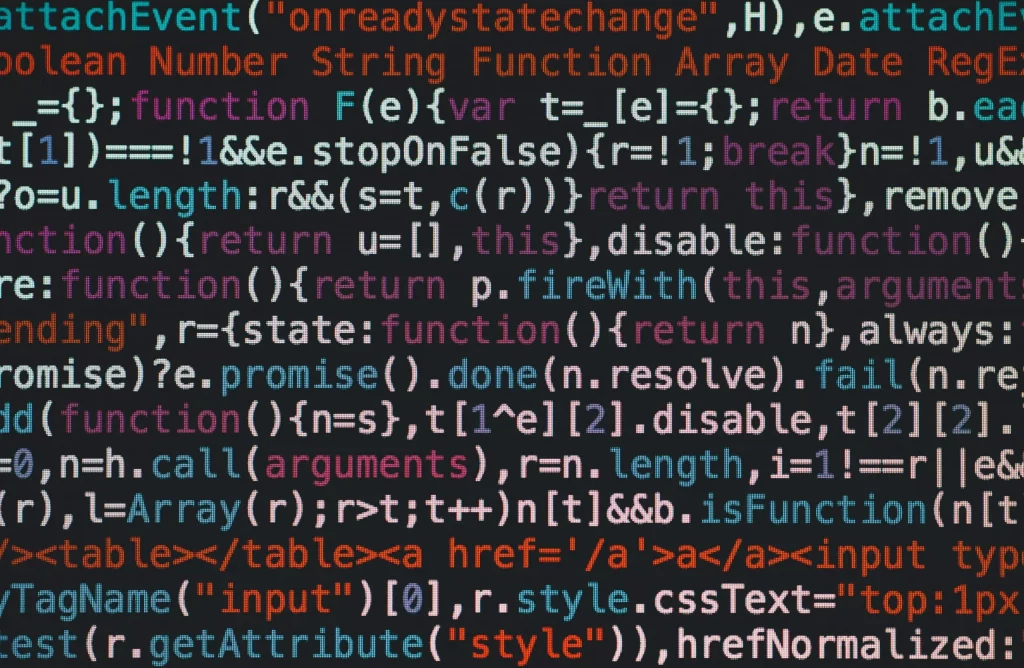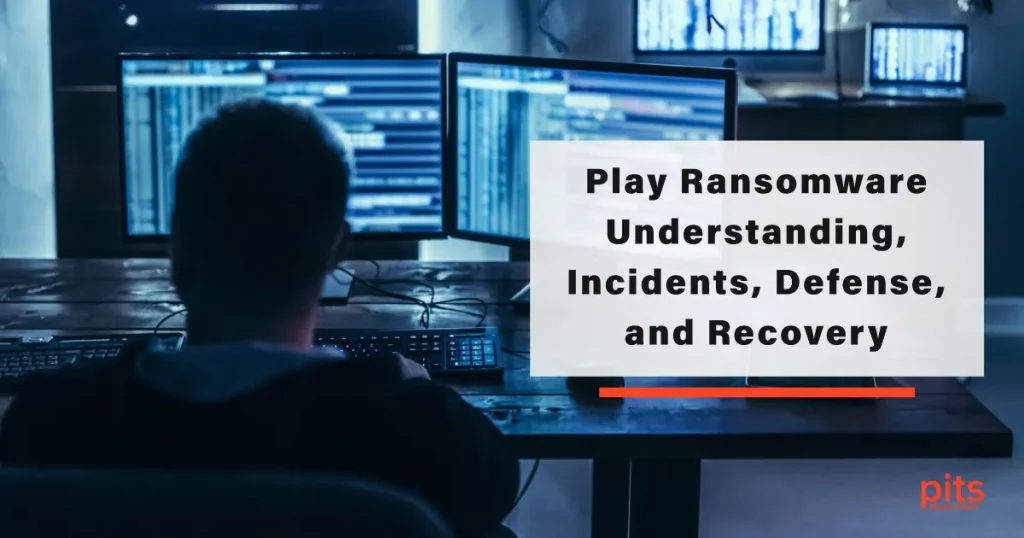In the ever-evolving landscape of cyber threats, Ransomware continues to be a prevalent menace that disrupts businesses, organizations, and individuals alike. Among the various ransomware strains that have emerged, Play Ransomware stands out as a particularly notorious player. In this blog post, we will delve into the intricacies of Play Ransomware, how it operates, notable incidents involving this threat, defense mechanisms against it, and the crucial topic of data recovery after an attack.
What is Play Ransomware?
Play Ransomware is a variant of Ransomware that employs a double-extortion strategy, which means it not only encrypts the victim’s files but also threatens to leak sensitive data if the ransom is not paid. This ominous tactic increases the pressure on victims to meet the hackers’ demands. Play Ransomware belongs to a category of Ransomware that emerged as a more aggressive form of attack, targeting both the victim’s data integrity and their privacy.
The modus operandi of Play Ransomware is similar to other ransomware strains but with some distinct characteristics. The attack typically starts with a malicious email or an exploit that allows the threat actors to gain remote code execution on the victim’s system. Once the attackers gain access, they initiate the encryption process. The Ransomware identifies and locks specific files using a unique encryption key, rendering them inaccessible to the victim.

What sets Play Ransomware apart is its focus on double extortion. After encrypting the victim’s files, the ransomware gang leaves behind a ransom note, which is a message informing the victim of the attack and the ransom demand. Additionally, the attackers leverage a leak site, a platform where they threaten to publish the victim’s sensitive data if the ransom is not paid within a specified timeframe. This combination of file encryption and data exposure can have devastating consequences for businesses, leading to reputation damage and legal complications.
Notable Play Ransomware Incidents
The timeline of Play Ransomware attacks is marked by significant incidents that highlight the group’s malicious intent and technological sophistication. In June 2022, the Play Ransomware group targeted Microsoft Exchange servers across Latin America, exploiting vulnerabilities to gain unauthorized access. Prior to encryption, the hackers exfiltrated sensitive data and then deployed their ransomware payload, leaving victims in a compromised position.
Defense Against Play Ransomware
Given the severe repercussions of a Play Ransomware attack, adopting robust defense strategies is paramount. Here are some proactive measures that organizations and individuals can take to mitigate the risk of falling victim to Play Ransomware attacks:
Regular Backups
Maintain frequent backups of critical data in isolated environments. This ensures that even if your data is compromised, you have a clean copy to restore from.
Patch Management
Keep your operating systems, software, and applications up to date. Many ransomware attacks exploit known vulnerabilities that could have been patched.
Email Security
Implement advanced email security solutions to filter out phishing emails and malicious attachments that are often used as initial infection vectors.
Network Segmentation
Segment your network to prevent the lateral movement of attackers. This limits their ability to traverse through your systems even if they gain initial access.
User Training
Educate employees about cybersecurity best practices, including recognizing suspicious emails and avoiding clicking on links or downloading attachments from unknown sources.

Data Recovery after Play Ransomware with PITS
In the realm of cybersecurity, it is imperative for organizations to not only focus on prevention but also be ready for the worst-case scenario. Dealing with the aftermath of a successful Play Ransomware attack can have catastrophic consequences, rendering organizations unable to access vital data. This is precisely where data recovery solutions, such as PITS, step in.

If you’re facing a data loss situation, don’t hesitate to contact us. Our 24/7 data recovery services are available to you, 365 days a year. Let us help you recover your precious data today.

We start the recovery process with a risk-free evaluation. Our technicians estimate reasons for data loss and the level of damage. Based on it, we select the most suitable recovery strategy.

With years in the data recovery industry, our company supports the highest customer satisfaction rate. We do everything to provide a positive experience for our clients.

During our remote customer file verification session, you will thoroughly review all necessary documents and records to ensure accuracy and compliance.

We offer data recovery services from over 50 locations across the US. This means that no matter where you are located, you can access our services to recover the data.

With our certified data recovery services and 99% success rate, we are confident that we can recover your precious data and get you back up and running in no time.
Our specialized data recovery firm is dedicated to aiding organizations in the aftermath of Play Ransomware attacks. Backed by a team of seasoned professionals and cutting-edge technology, our primary objective is to assist organizations in reclaiming their encrypted data and swiftly regaining operational stability.
Play Ransomware represents a grave threat to organizations and individuals alike, with its combination of file encryption and data exposure. To defend against such attacks, a multi-faceted approach involving security awareness, proactive defenses, and incident response plans is crucial.
Frequently Asked Questions
What is Play Ransomware?
Play Ransomware is a malicious software variant that infiltrates computer systems encrypts files and demands a ransom for their decryption. It is known for its double-extortion tactic, where threat actors threaten to expose sensitive data if the ransom is not paid.
How does Play Ransomware enter systems?
Play Ransomware commonly enters systems through phishing emails or by exploiting vulnerabilities that allow remote code execution. Once inside, it encrypts specific files and displays a ransom note demanding payment.
What is double extortion in Play Ransomware attacks?
Double extortion is a tactic employed by Play Ransomware attackers. In addition to encrypting files, they threaten to leak sensitive data on a leak site if the victim does not pay the demanded ransom within a specific time frame.
Can files encrypted by Play Ransomware be recovered without paying the ransom?
In some cases, recovery without paying the ransom is possible. Specialized tools, such as PITS, developed by cybersecurity experts like Trend Micro, use advanced decryption algorithms to recover encrypted files. However, success depends on various factors, including the integrity of files and the authenticity of the ransom demand.
